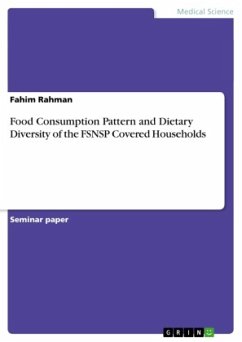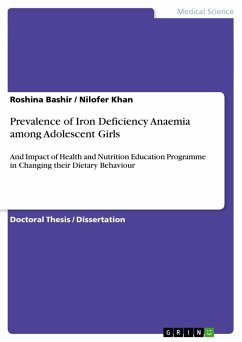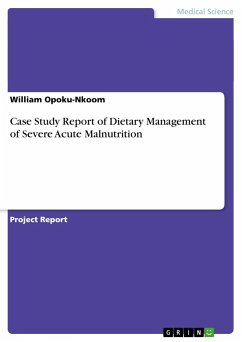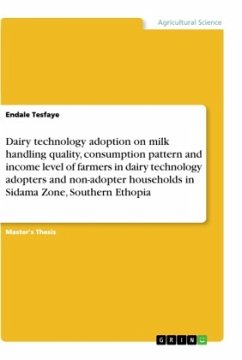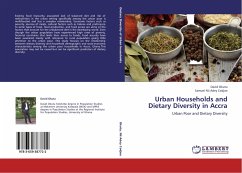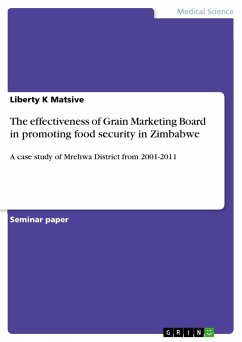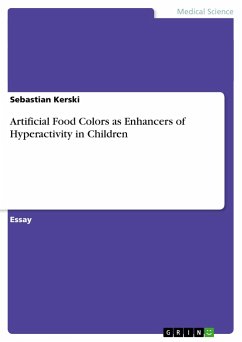Seminar paper from the year 2010 in the subject Nutritional Science, , language: English, abstract: The extent of hunger and food insecurity in a country is an imperative welfare indicator (Anand and Harris 1990). The Food and Agriculture organization of the United Nations estimates around 800 million people worldwide to be food insecure and they are not retained in the boundary of the developing world. Measuring food insecurity at the individual/household level rather than national level differs from the more traditional approach of identifying food insecurity as the inadequacy of aggregated supply of and accessibility to food (Busch and Lacy 1984). Recently, however dissatisfaction with many of the available measures of food security has led to the use of direct measure of food insecurity (Maxwell 1995; Maxwell et al. 1999; Wolfe and Frongillo 2001) such as household food consumption data (based on recall). Household food consumption has been defined as the total amount of foodavailable for consumption in the household, generally excluding the food taken outside unless prepared at home (Klaver, Knuiman et al. 1982). It serves as an indicator of food security as well as a distal proxy indicator for poverty. Information about food consumption and dietary diversity is important from the programmatic point of view as it has the potentiality to be used as effectively to detect change, modify, or improve programs activities (Jalal et al. 2009).
Hinweis: Dieser Artikel kann nur an eine deutsche Lieferadresse ausgeliefert werden.
Hinweis: Dieser Artikel kann nur an eine deutsche Lieferadresse ausgeliefert werden.

